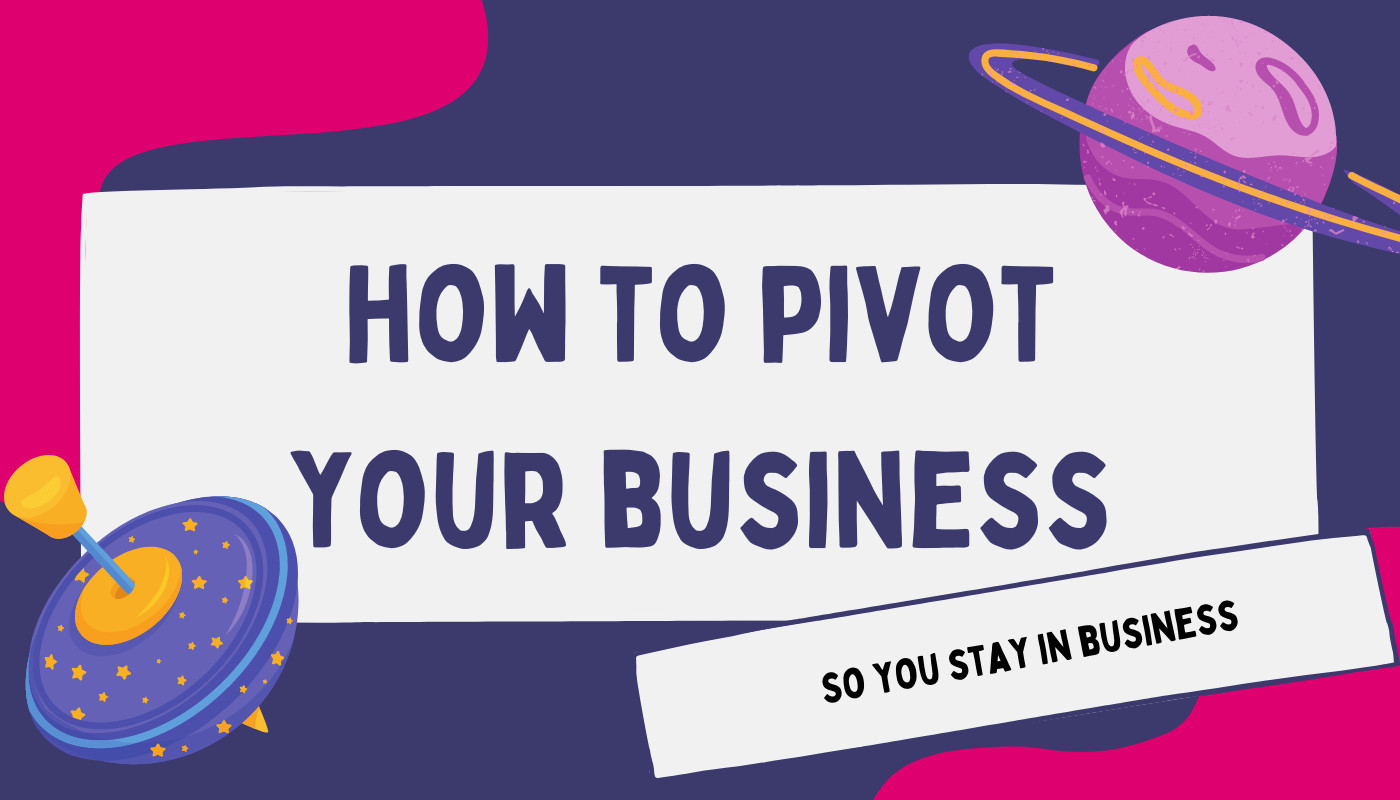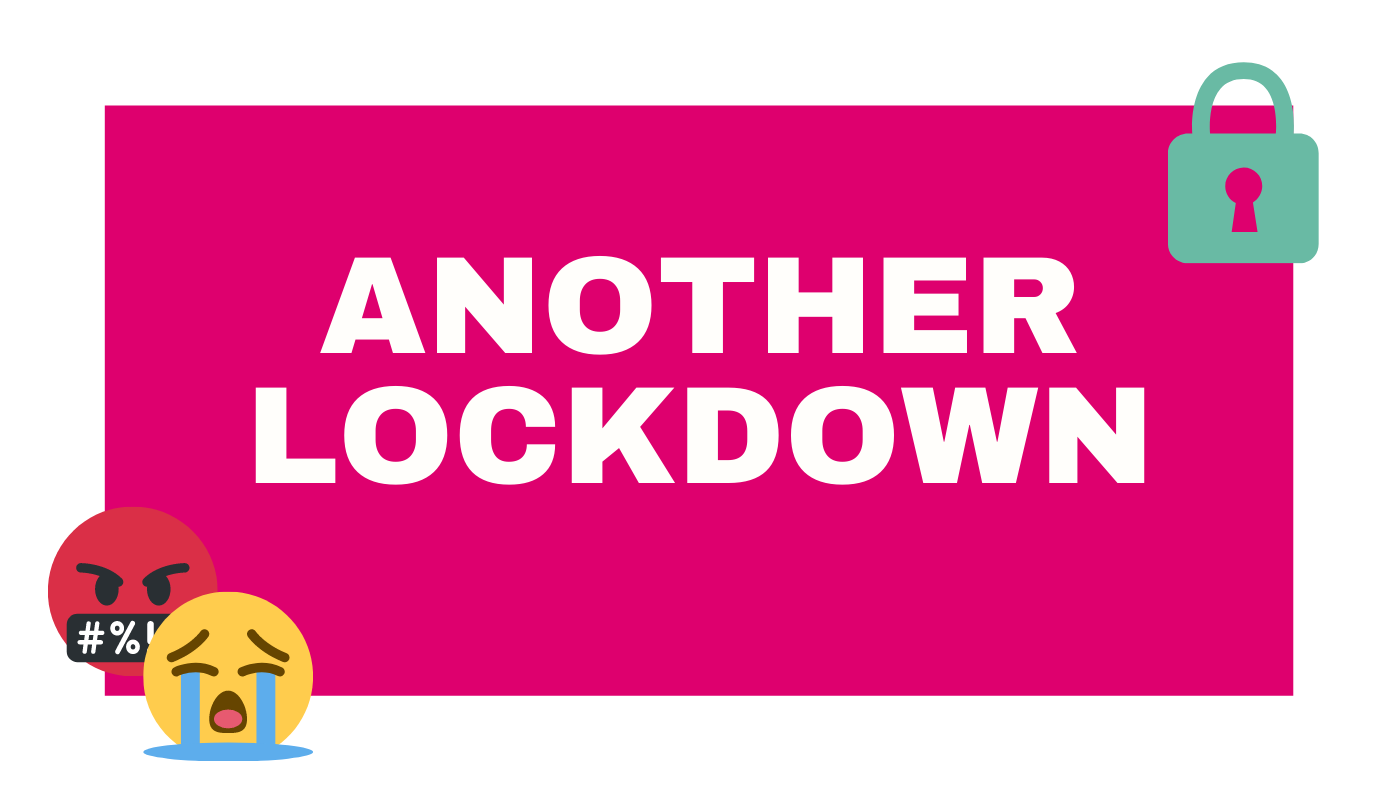For a business to grow sustainably (and to successfully make it through the financial bumps in the road), cash flow needs to be a priority. And not just when times are tough and cash is tight. Making sure that you’re maintaining an optimal level of cash on hand at all times; this is essential to success.
So how do you do this? To improve your cash flow in the immediate but also for the long-term, here are 10 essentials.
Know your break-even figure
You need to know what number you need to reach each month to cover all of your outgoings. Once you know this, you can make better spending decisions and keep your cash flow at its optimal level.
Create a budget and stick to it
While profit is important, you also need to focus on spending. Create a budget to ensure that you’re making more on each sale than you’re spending – this can help you be more mindful about where your money is going and it can help you make impactful changes.
Build a cash reserve
Set aside any excess money you make every month into a business savings account. Financial experts recommend keeping 3-6 months’ operating expenses in a cash reserve, but you can decide how much you want to keep available.
Automate your bookkeeping
Using software such as Xero and QuickBooks can help you improve your cash flow. You can send out invoices immediately, get your clients to pay via Direct Debit, reconcile payments easily, and generate reports with a click of a button.
Offer discounts for early payments
If you have certain clients who pay late and miss payments, offer them a 2-5% discount if they pay early. Not only does this incentivise them to pay, but it also ensures that you don’t suffer from dips in your cash flow too. Win-win.
Negotiate extended payment deadlines with vendors
It’s good to set up extended payment deadlines in the event that you can’t pay what you owe vendors right away. For example, you could negotiate a 60-day turnaround for all payments or include a clause in the agreement that allows later payments a certain number of times in the year. While it may not be needed, it is good to be prepared in case you ever need to use this option.
Consider financing (when it makes sense)
Your focus should be building up a cash reserve for emergency situations like the Coronavirus crisis. This means that, in a situation where you have unexpected expenses or you need a large sum, you should consider short- or long-term financing options instead.
Consider leasing supplies, equipment, and real estate instead of buying
While leasing may end up being more expensive than buying in the long run, choosing to lease supplies, equipment, and real estate for a certain amount of time will help you to maintain a steady cash stream for day-to-day operations.
Seek advice from an accountant
The best way to improve your cash flow is to seek expert advice. Whether it’s getting an accountant to advise you on spending and saving or hiring them to completely manage your financial matters, they will help you make the right financial decisions. After all, you have to spend money to make money!
Improve your inventory
What is your inventory turnover? Surprisingly, there could be a lot of cash tied up in your inventory so check your inventory regularly. Are you buying too much? If so, sell it at a discount and start buying less of it. This is something that your accountant can help you figure out.
While it’s obviously very important to improve your cash flow right now (thanks Coronavirus), it is also essential for your business to have a healthy cash flow all year round. Keeping a robust cash flow takes vigilance, but it will help protect your business during turbulent times, not to mention, it will also help you sleep soundly.












